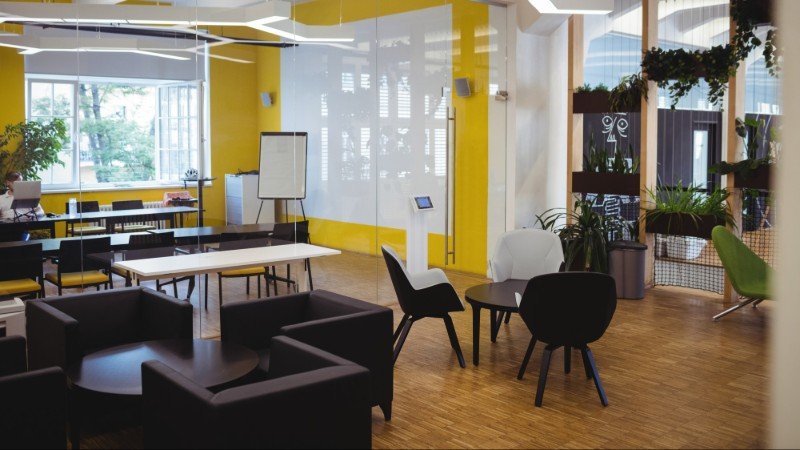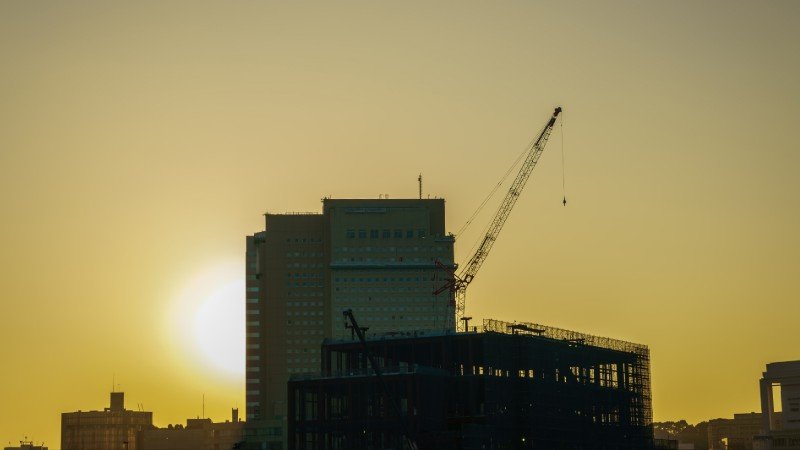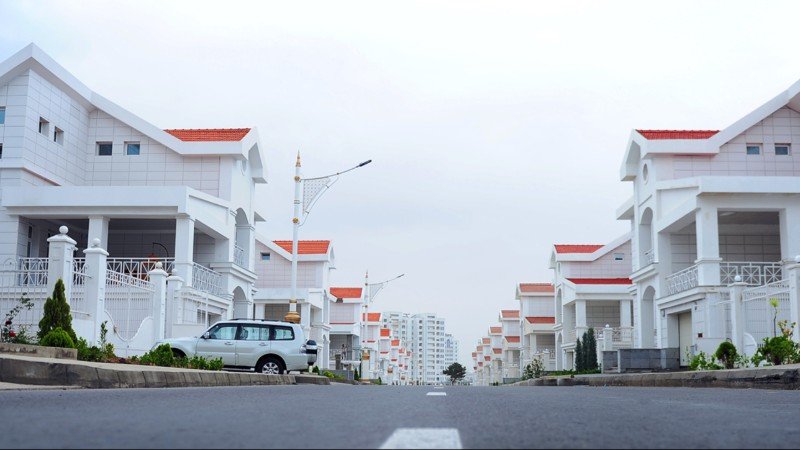Productive Office Spaces
The design of an office space affects the productivity of its occupants. In this article, we explore factors that should be considered when designing an office space so as to enhance productivity.

Winston Churchill, while considering the repair of the bomb-ravaged House of Commons, famously mused, “We shape our buildings and afterwards our buildings shape us.”
Contemporary human beings spend a good deal of their daylight hours inside buildings. The psychological effect of occupying these spaces, though not well explored, is thought to be very significant. The space one occupies has an influence on their thoughts; and consequently their behavior. One aspect of performance that concerns most corporate leaders is productivity. Productivity is a measure of the rate at which a company or country produces goods and services. Corporate and national productivity is the sum total of individual productivity. Individual productivity is influenced by many factors among them the environment in which one operates.
Aspects of office spaces that affect productivity
Can an office space be designed in such a way that the productivity of its occupants is enhanced? Most definitely. Is there a standard office design that, if adopted, enhances the productivity of the users within the office space? Not at all. The ideal office design for a given organization depends on the nature of the activities that are to be performed within the resultant space. There are factors that an architect or interior designer has to consider before coming up with the most ideal architectural design for any given corporate. This article will explore some of those factors. One thing to note, however, is that there is no perfect office layout. Generally, as long as the needs of employees are met, the office space will be good to go. So, what needs to be incorporated in office layouts so as to make them productive spaces? Read on.
In the context of this article, the office is a space in which people work. A good office should offer its users a conducive environment that enables them to reach higher levels of productivity. There are certain factors that good architects and interior designers consider while coming up with layouts for an exemplary office space. Some of them are: easy access and movement, comfort, freedom from noise, privacy, unwinding zones and flexibility.
Easy Access and Movement
Subtle as it seems, the ease with which a person is able to navigate through the office space is a determinant of their total productivity. Easy movement means that they will be able to get tasks completed faster and with little hassle. Besides the primary users of office spaces, clients and prospects who visit the office will generally desire to have a good experience at the office. Every corporate worth its salt will want its clients to have a good experience while at its offices. Providing easy access and movement through the office space will definitely contribute towards a good client experience.
Comfort
There are three aspects of comfort that directly affect productivity of the occupants of an office space: visual, thermal and humid comfort. Several scientific studies have been conducted to illustrate how lighting affects the mood and performance of human beings. In a book by the US National Research Council, ‘Green Schools: Attributes for Health and Learning’, they indicate how the quality of lighting affects performance and productivity in schools. They go ahead to state that the lighting present should be sufficient to allow users to see what they are working on, to see their colleagues and to perform other visual tasks. Too dim or too bright and your office users will experience visual strains and will consequently be less productive.
Thermal comfort and humidity go hand in hand. That’s why the air conditioner was invented to address both these factors simultaneously. On both extremes of humidity and thermal comfort, the productivity of office workers is eroded. There is a sweet spot in the middle where the occupants of the office space are comfortable and their productivity peaks. That is what you want to aim for while setting up your office space.
Freedom from noise
In offices where the nature of work performed requires higher levels of concentration, freedom from noise is essential. Noise is a distraction. It erodes concentration, creating environments in which performance of high quality work is difficult. It is therefore essential that the noise levels in office spaces are regulated and if possible locked out.
Privacy
Offices, particularly open plan offices, are notorious for not offering their occupants the much desired privacy. Privacy is important since it conceals work or information that the owner prefers to keep confidential. A lack of privacy effectively means that the office users are stressed while occupying that office space and consequently, their productivity dips. Despite open plan offices performing dismally on the privacy indices, they are very good for collaborative work. Therefore, a good office space will need to have another quality: flexibility.
Flexibility
Good office spaces need to have the ability to be customized for specific tasks. Collaborative work requires people to work in teams. Therefore an ideal office space should be one that can easily be customized to support collaborative work when necessary and individual work when needed. Additionally, a change in the arrangement of office components, once in a while, might be desirable since it helps break monotony. Ideal office spaces should be very flexible as to accommodate changing organizational needs.
Unwinding Zones
Office spaces need to have areas that are designated as unwinding zones. Work is not play and most people find work to be a stressful activity. According to a 2020 survey done on employed British adults, a staggering 79% said they commonly experienced work-related stress. It is therefore important that while setting up your office space, you should seek to designate an area in which employees can unwind when they encounter stressful periods.
Final Thoughts
So far we’ve looked at the physical layouts of office spaces ignoring one aspect of organizations that really makes them tick – Culture. An organization can have the most productive office space in the world but without a strong and supportive organizational culture, its productivity levels will still be low. Therefore, while our expertise lies in the spatial layout of the office space, organizational culture is one thing that should not be ignored. On the flipside, an organization with strong and supportive culture in a poorly designed office will achieve decent productivity levels whereas an organization with a poor culture in an exemplary office space will struggle to achieve high productivity levels. The office layout should come as a crucial bonus to strong organizational culture.
Occasionally, informative and captivating articles are published to our newsroom. Once articles are published, we first notify readers who are subscribed to our newsletter. You can subscribe using the form below. Until next time, cheers!
Stay Updated
Subscribe to our newsletter to get the latest articles and insights delivered to your inbox.
Tags
Related Articles

The Standard Method of Measurement of Building Works for Eastern Africa
Discover the history, structure, and benefits of the Standard Method of Measurement (SMM) for Eastern Africa and why it matters in construction cost management....

Part 2: Construction Feasibility Studies
This article outlines the major parts of a construction feasibility study....

Part 1: Construction Feasibility Studies
A feasibility study is an analysis that takes all of a project's relevant factors into account. There are several advantages to having one done. This article outlines some of them....
